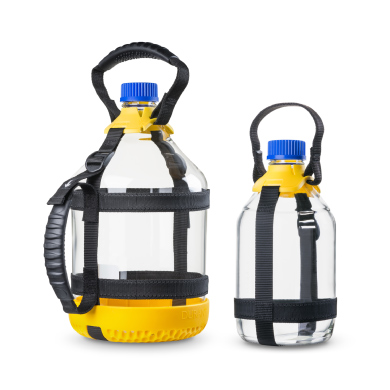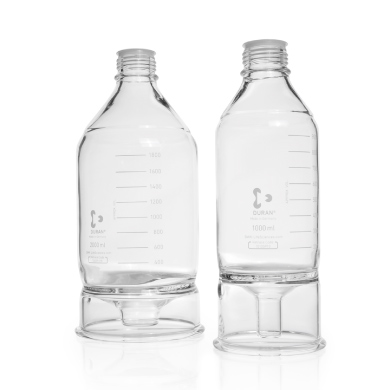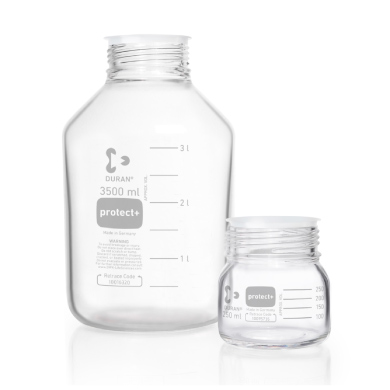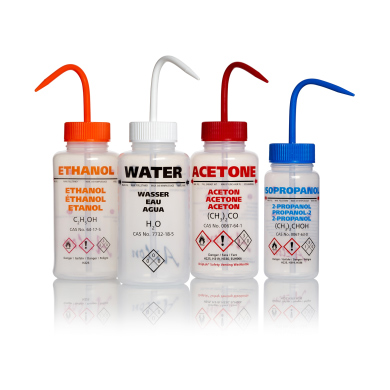How to Reduce Spills in the Laboratory?
5 de September de 2025Accidental laboratory spills are not only an inconvenience but can also pose a serious risk to health and safety as well as to the integrity of scientific processes. Every spill, no matter how small it may appear, should be considered a potential hazard and managed appropriately with proper spill prevention measures.
Spilt liquid can be harmful to laboratory personnel in the vicinity and, even if not chemically hazardous, may make work surfaces or floors slippery, thereby increasing the risk of accidents. In addition, laboratory equipment can suffer damage and, in many cases, valuable materials are lost or experimental results compromised due to cross-contamination.
So, how can the risk of spills in the laboratory be reduced?
Beyond basic lab safety practices —such as keeping containers away from the edges of benches or taking extra care when transferring chemicals— there are effective technical solutions that rely on choosing the right laboratory products from the outset.
Below, we highlight six examples of DWK® products designed to help minimise laboratory spills, enhance safety, and support best practices in chemical handling:
- DURAN® and KIMBLE® Silicone Caps
Many common laboratory containers, such as beakers or Erlenmeyer flasks, are supplied without lids. This often leads to improvised solutions such as foils, plastic stoppers or glass discs, which do not always provide adequate protection against spills.
DURAN® and KIMBLE® silicone caps are a reliable alternative: they significantly reduce the risk of chemical spills and are available in different colours, making it easier to quickly and safely identify contents.
- DURAN® Bottle Carrying System
Transporting large-volume bottles —whether within the laboratory or from the field— can result in accidental spills if not handled properly.
The DURAN® bottle carrying system includes a disposable safety collar and ergonomic side handles, enabling safe and controlled pouring while significantly lowering the risk of laboratory accidents.
- DURAN® HPLC Reservoir Bottles with Conical Base
In HPLC chromatography, maximising solvent use down to the very last drop is essential. However, tilting bottles to extract solvent often leads to costly and potentially hazardous spills.
DURAN® HPLC reservoir bottles with a conical base provide a closed system that enables efficient solvent extraction without tilting the bottle, thereby reducing the risk of spills and optimising solvent consumption.
- Plastic-Coated Laboratory Glassware
Borosilicate glass is vital in laboratories due to its chemical resistance, but it remains prone to breakage. A bottle falling from a laboratory bench can easily shatter, resulting in spills and equipment damage.
The DWK range of plastic-coated laboratory glassware incorporates a protective safety coating that contains contents even in the event of breakage, improving user safety and protecting the working environment.
- AZLON® Safety Vent Wash Bottles
Wash bottles are indispensable for storing solvents such as ethanol, methanol, or acetone. Without proper ventilation, internal pressure can build up, leading to accidental solvent drips.
AZLON® wash bottles with DripLok® venting valve provide safe pressure release, preventing leaks or drips of solvents onto laboratory surfaces and equipment.





 Philippines
Philippines

